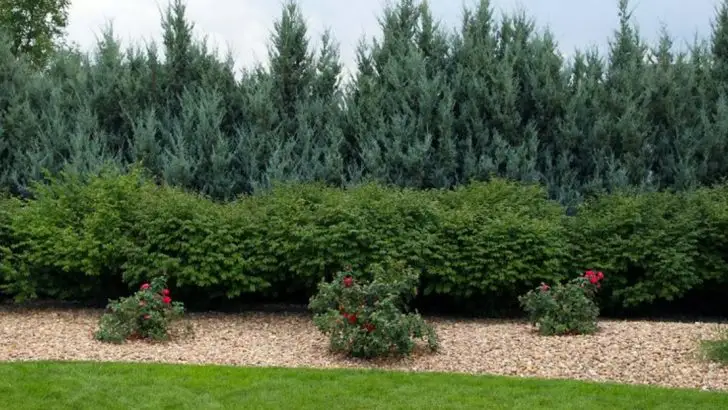Spring in Colorado is a liar—and your garden knows it. One minute it’s all sunshine and sprouting buds, the next it’s a silent ambush of freezing air that crushes your green dreams overnight. No warning. No mercy. Just wilted leaves and broken hearts. But not this year. This time, you’ll be ready to outsmart Mother Nature’s mood swings with simple tricks that save your plants and your sanity. Grab your old sheets, flex those DIY muscles, and let’s turn your garden into a fortress that even the fiercest spring frost can’t touch.
Use Floating Row Covers
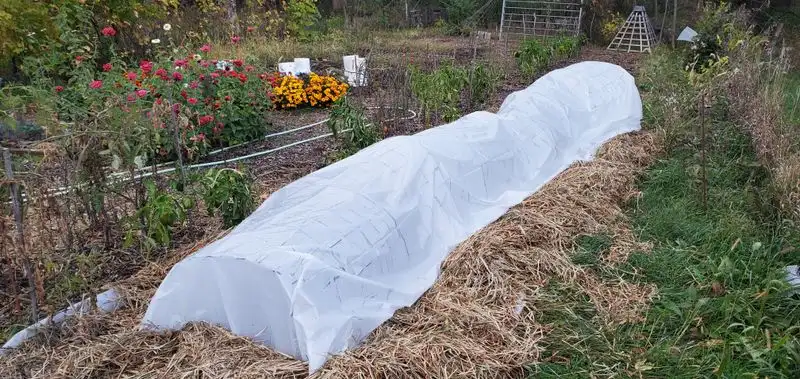
Floating row covers act like a cozy blanket for your plants, maintaining warmth during unexpected frosts. These lightweight fabrics are easy to drape over rows of vegetables or flower beds.
They allow sunlight and moisture to reach the plants while providing frost protection. This method is particularly effective for early spring crops in Colorado.
Setting up these covers is simple; just ensure they are securely anchored to withstand any spring breezes. Row covers are a staple for gardeners aiming to extend the growing season amidst unpredictable weather.
Implement Mulching Techniques
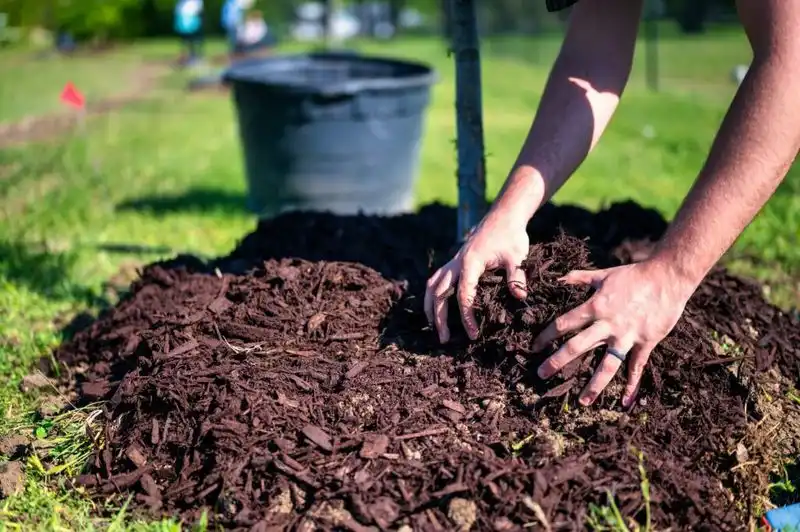
Mulching is a gardener’s ally against frost, providing insulation to the soil and plants. By covering the ground with a layer of organic material, such as straw or leaves, you trap heat and moisture.
This practice helps regulate the soil temperature, shielding roots from the cold. Mulch also prevents soil erosion and suppresses weeds, making it a multifaceted tool in your gardening arsenal.
In Colorado’s variable spring climate, mulching is both practical and essential, ensuring your garden remains resilient against sudden temperature drops.
Invest in Cold Frames
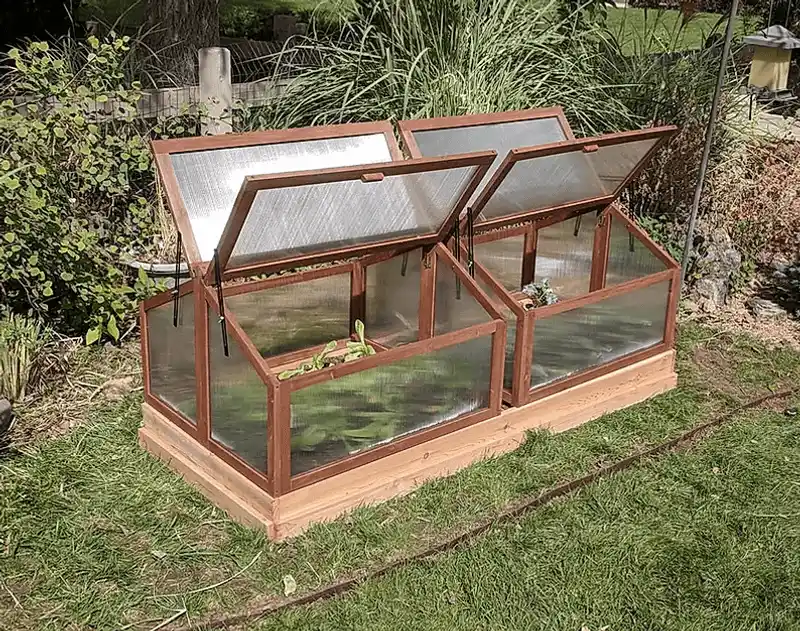
Cold frames are like mini-greenhouses, perfect for nurturing seedlings during unpredictable Colorado springs. These structures capture solar energy, creating a warmer microclimate for plants.
They are particularly beneficial for starting seeds early or hardening off young plants. Constructed simply using old windows or transparent panels, cold frames are both economical and effective.
Their portability allows for easy repositioning as needed, providing flexible frost protection for your garden. This is a savvy investment for gardeners looking to maximize their growing season.
Install Windbreaks
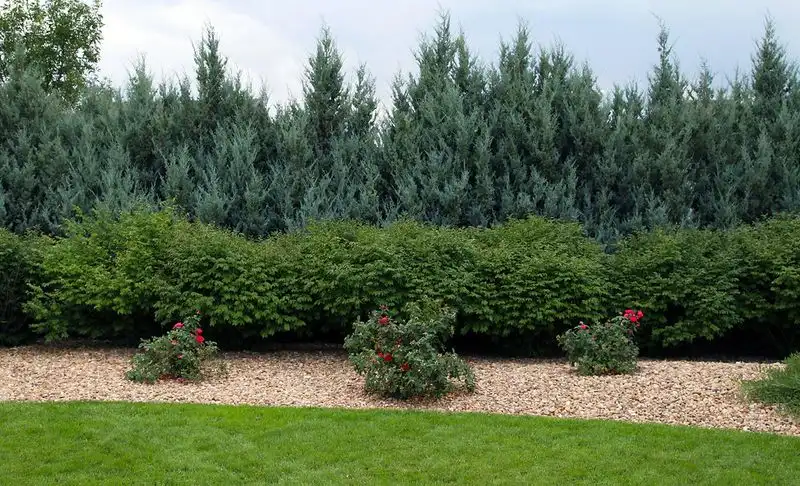
Creating windbreaks is an essential strategy to shield your garden from harsh winds and frost. By planting dense hedges or using barriers like fences, you reduce wind speed and its chilling effects on plants.
Evergreens, with their year-round foliage, make excellent windbreaks, offering both aesthetic appeal and protection. In Colorado’s blustery springs, this can be a game-changer for exposed gardens.
Position windbreaks strategically to shield vulnerable plants, and enjoy a more sheltered and stable garden environment.
Use Cloches for Individual Plants
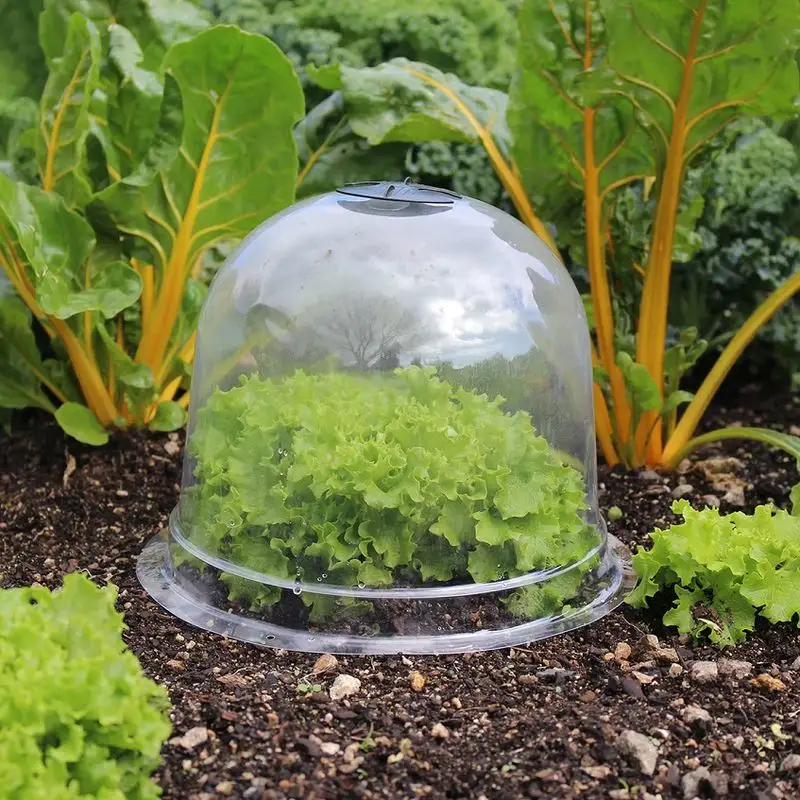
Cloches, the charming bell-shaped covers, offer individual plant protection against frost. These mini greenhouses trap heat and moisture, creating a snug environment for delicate plants.
Made from glass or plastic, cloches are ideal for shielding specific plants without covering entire beds. Their transparent nature allows sunlight to nourish plants while warding off cold snaps.
In Colorado’s unpredictable spring weather, cloches add both function and flair to your garden, ensuring your blooms withstand chilly mornings.
Water Plants Before Frost
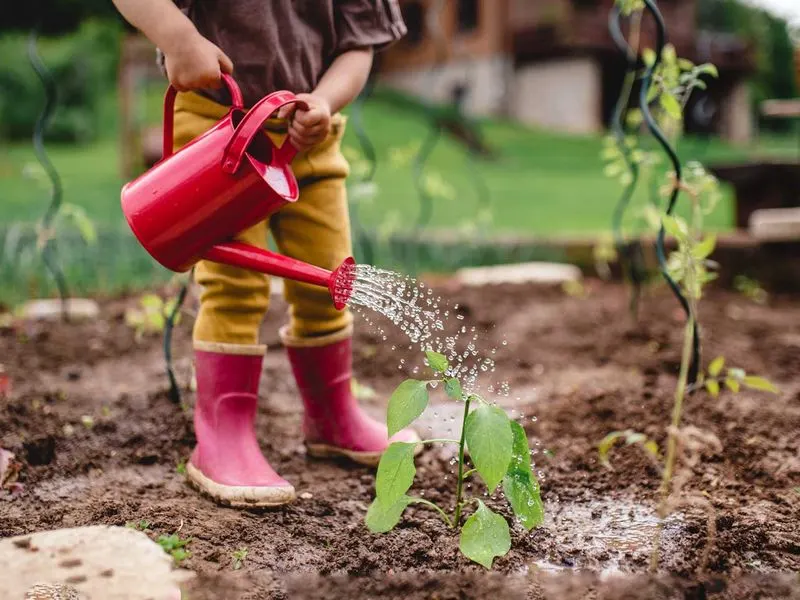
Watering your garden before a frost may seem counterintuitive, but moist soil retains heat better than dry soil. This practice helps protect root systems and keeps the surrounding air slightly warmer.
Ensure thorough watering in the evening, allowing moisture to seep deeply. This technique counteracts Colorado’s dry conditions, offering plants a better chance against frost.
Remember, moderation is key; overwatering can harm plants. This simple step can make a significant difference in safeguarding your garden.
Utilize Thermal Blankets
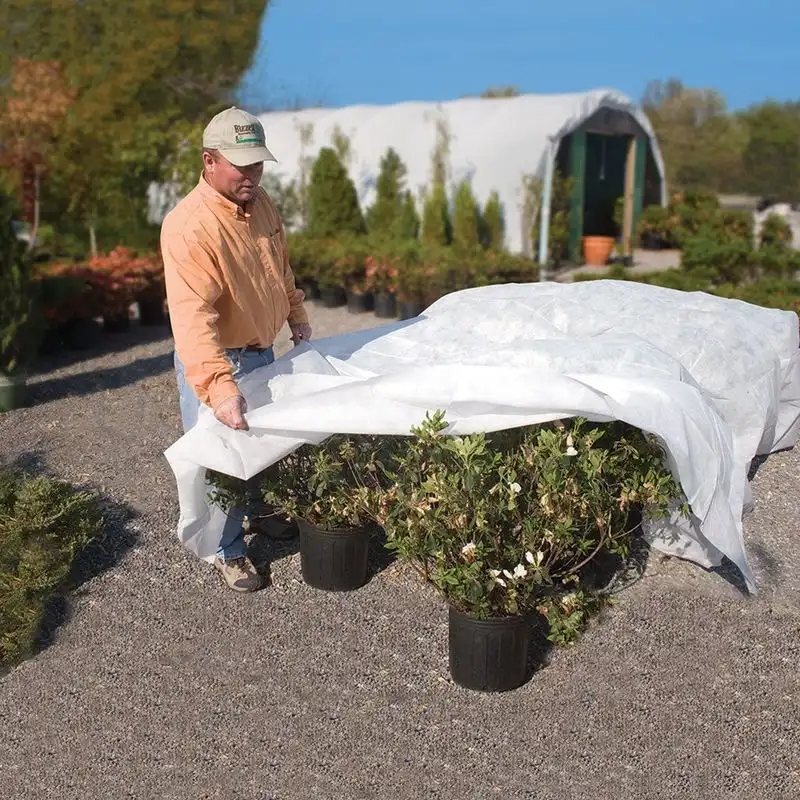
Thermal blankets provide an extra layer of warmth to your garden during cold spells, acting as a shield against frost. These specially designed fabrics insulate plants, retaining heat while allowing moisture and air penetration.
Perfect for Colorado gardens, thermal blankets are reusable and easy to apply. Simply drape them over vulnerable plants during frost warnings.
Remove them during the day to allow sunlight exposure. This method offers a practical solution to protect your garden, ensuring plants thrive despite the unpredictable weather.
Plant Hardy Varieties
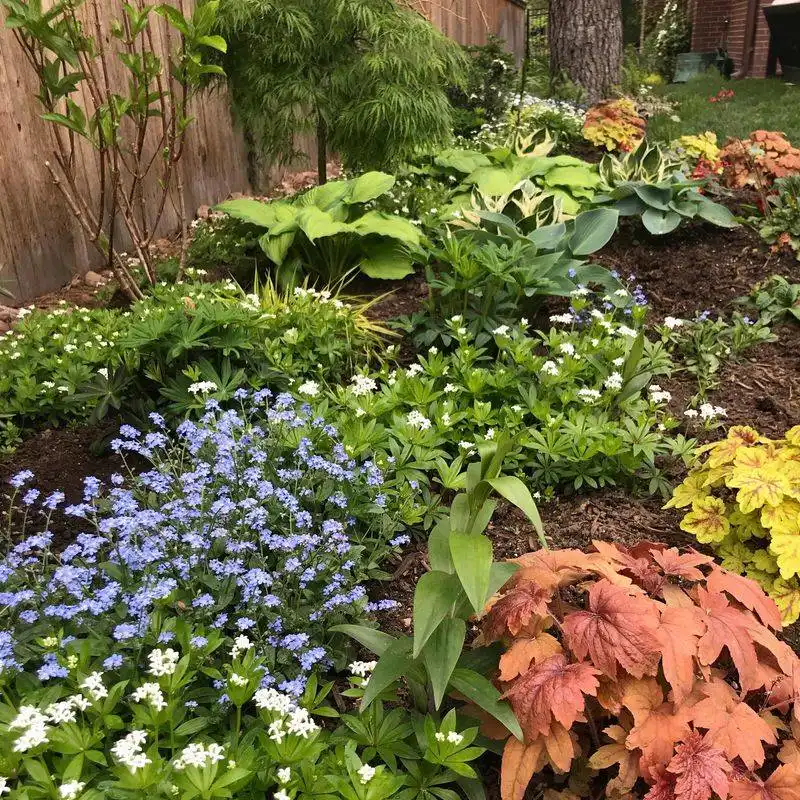
Choosing hardy plant varieties is a proactive approach to ensure garden resilience. These plants are naturally equipped to withstand temperature fluctuations, thriving where others may falter.
Consider native Colorado species or those specifically bred for colder climates. Such plants are well-adapted and require less intervention during frost events.
Research and select varieties that suit your garden’s characteristics, enhancing both beauty and durability against spring frosts. This strategic choice simplifies garden care and boosts plant survival rates.
Create Heat Sinks
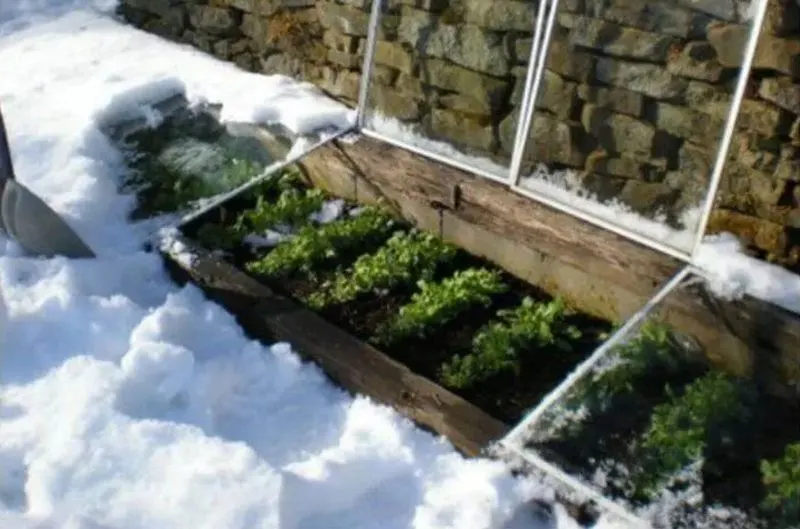
Heat sinks, like rocks or water features, absorb and release heat, moderating temperature extremes in your garden. During sunny days, they capture warmth, releasing it during cooler nights, offering natural frost protection.
Position these elements strategically around plants to maximize heat distribution. This method is particularly effective in Colorado gardens, where daytime sun and nighttime cold are common.
Incorporating heat sinks enhances your garden’s microclimate, providing a passive way to mitigate frost risks.
Adjust Planting Times
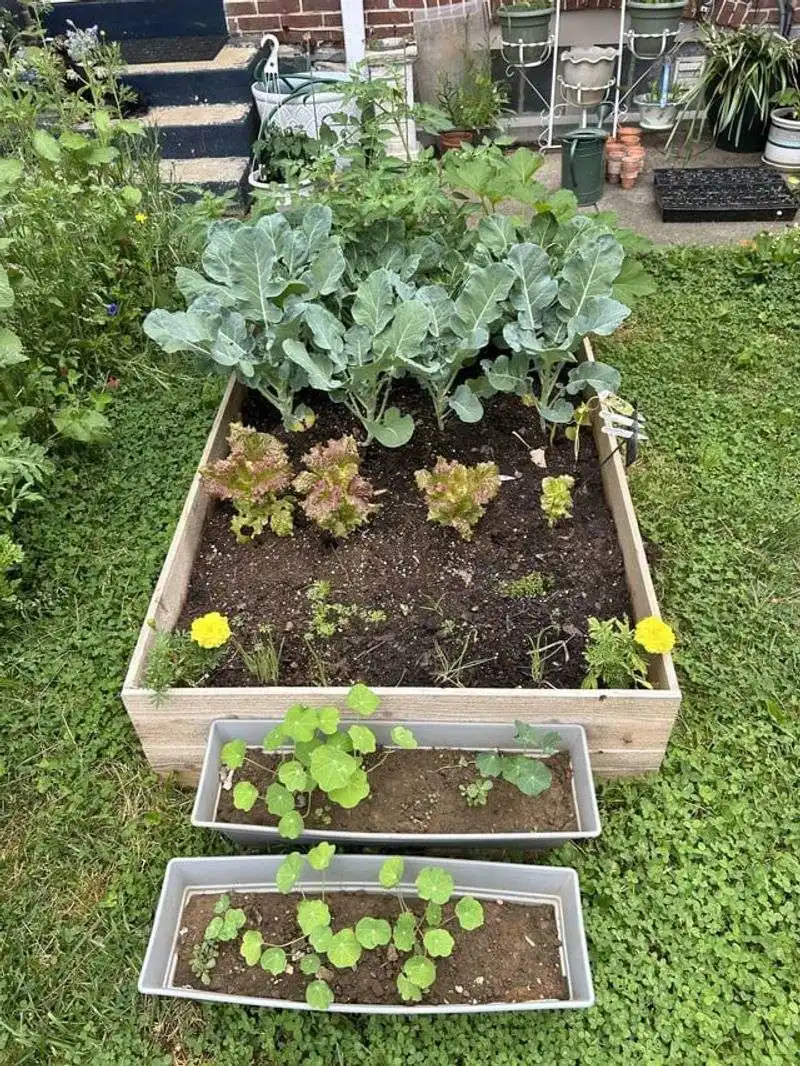
Timing is everything when it comes to gardening in Colorado’s fickle springs. Adjusting planting schedules can prevent frost damage by aligning growth periods with favorable weather.
Start seeds indoors or in cold frames to give them a head start. Monitor local frost dates and plan plantings post-frost for optimal safety.
This thoughtful approach minimizes risk and maximizes plant health, aligning your gardening practices with nature’s cues for the best results.
Install Frost Sensors
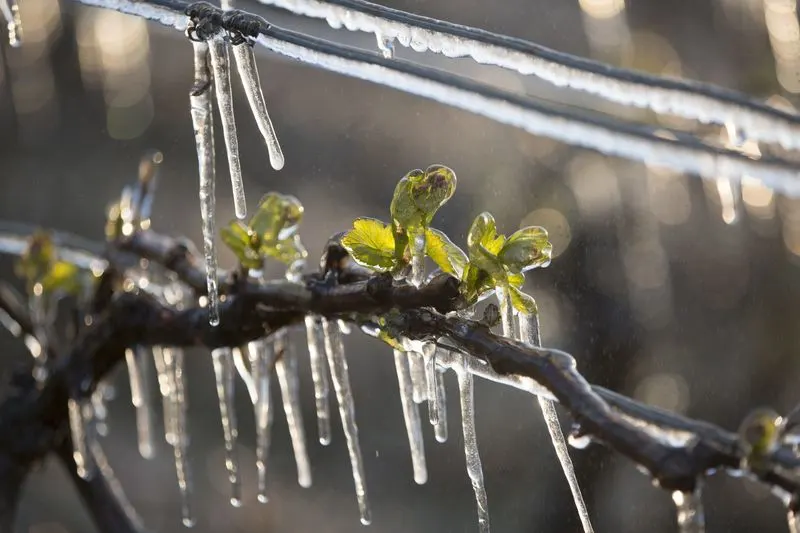
Frost sensors are technological allies in protecting your garden, alerting you to temperature drops that could harm plants. These devices monitor environmental changes, providing timely warnings.
Place sensors near sensitive plants, receiving alerts via smartphone or dedicated displays. This proactive measure allows for quick action, such as applying covers or watering.
In Colorado’s unpredictable climate, frost sensors offer peace of mind, ensuring your garden remains a step ahead of sudden cold snaps.
Prune Wisely Before Frost
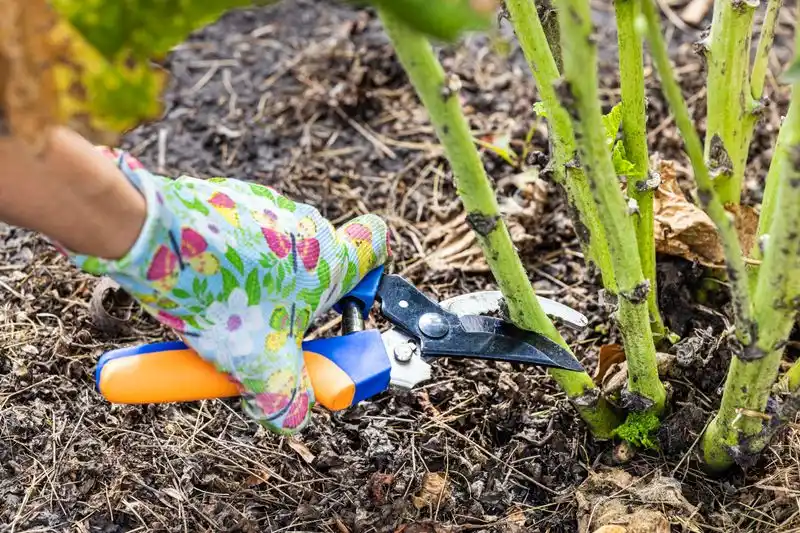
Pruning before a frost might seem risky, yet strategic trimming can enhance plant resilience. Remove dead or weak branches to focus energy on healthy growth, strengthening plants for cold temperatures.
Prune when the weather is mild, avoiding cuts that expose plants during harsh conditions. This practice encourages robust growth and prepares your garden to face Colorado’s frosty mornings with vigor.
Careful pruning enhances overall plant health, making them more adaptable to weather changes.
Use Temporary Greenhouses
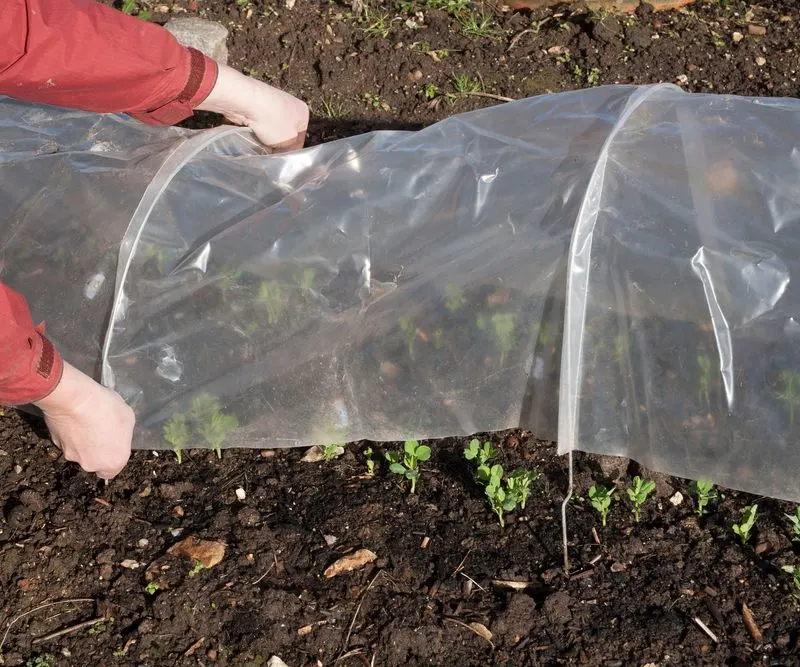
Temporary greenhouses offer flexible protection against unexpected frosts, creating a controlled environment for your garden. These structures are easy to assemble and relocate, providing warmth and humidity.
They are ideal for safeguarding delicate plants or extending the growing season. Choose models with durable materials to withstand Colorado’s variable spring weather.
With a temporary greenhouse, you can manage temperature and exposure, minimizing frost risks while maximizing growth potential.

